Romanticism and Fantasy: Storm and Stress and More
 This is the latest in a series of posts about Romanticism and the development of fantasy. You can find prior posts here, here, here, and here. I intend in this series to focus primarily on Romanticism in British literature, but last week I looked at the French experience and the French Revolution, and this week I want to look at German literature, which at this period is closely linked to British writing. The caveats I mentioned last week should be borne in mind; I am not a professional historian or academic, and I do not speak or read German — I’m familiar with a fair amount of this writing, but only in translation.
This is the latest in a series of posts about Romanticism and the development of fantasy. You can find prior posts here, here, here, and here. I intend in this series to focus primarily on Romanticism in British literature, but last week I looked at the French experience and the French Revolution, and this week I want to look at German literature, which at this period is closely linked to British writing. The caveats I mentioned last week should be borne in mind; I am not a professional historian or academic, and I do not speak or read German — I’m familiar with a fair amount of this writing, but only in translation.
The German Romantic experience through to the 1830s is of an order of richness and genius at least equivalent to English Romanticism, and in order to be clear about how it all fits together, it’s probably worthwhile explaining some of the historical background. To begin with, in the middle of the 18th century, Germany wasn’t Germany. There was a vague sense of identity among German-language speakers, but their territory was divided up into 300 different polities of various sizes loosely linked together as the Holy Roman Empire (the obligatory historical joke is: The Holy Roman Empire was neither Holy, nor Roman, nor really much of an Empire). Certain noble and ecclesiastical positions among these states inherited the right to vote for the Imperial succession.
By the 18th century, this arrangement was running out of steam. Many of the states involved were finding their interests lay outside of the Empire — the House of Hanover, for example, had become the ruling family of Britain in 1714, while Austria was ruled by the powerful House of Hapsburg, who not only had effectively taken over the Imperial title but controlled a number of other states across Europe. The Holy Roman Empire in any event had suffered particularly badly in the 30 Years’ War, and arguably never fully recovered. Economically it was behind France and Britain. Three quarters of the population were poorly-educated peasantry. And because of the political division, no one German city had the central signficance of London or Paris — each state tended to be focused around its own capital; Vienna, the capital of Austria, one of the largest and most powerful states, was the closest thing to a central German metropolis. Whereas British and French literatures of the time seem dominated by writers and publishers clustered in their respective imperial capitals, the equivalent German movements developed through networks in many different places. The literary culture of Germany was overall somewhat underdeveloped, though strong traditions of popular drama had emerged, particularly in the form of stories about kings and bandits, and also in puppet-shows based on such tales as Faust (all versions of these Faust stories, incidentally, seem to be ultimately derived from Elizabethan playwright Christopher Marlowe’s Doctor Faustus).
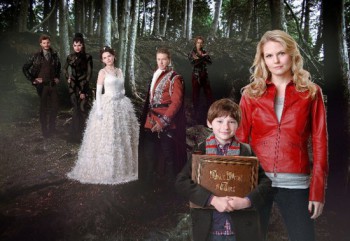 There are two series starting this season which are trying to leverage the world of classic fairy tales to gain ratings on major networks. Though existing fantasy series, like Supernatural, Sanctuary, and Warehouse 13, do often touch on the idea of fairy tales (or mythical creatures, at the very least), a series fully embedded in the classic fairy tales is something I don’t think we’ve really seen before.
There are two series starting this season which are trying to leverage the world of classic fairy tales to gain ratings on major networks. Though existing fantasy series, like Supernatural, Sanctuary, and Warehouse 13, do often touch on the idea of fairy tales (or mythical creatures, at the very least), a series fully embedded in the classic fairy tales is something I don’t think we’ve really seen before.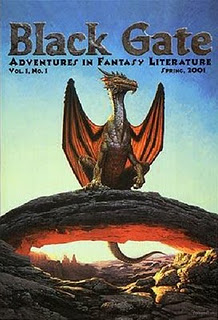
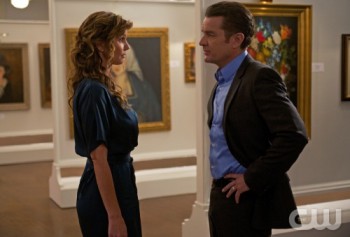
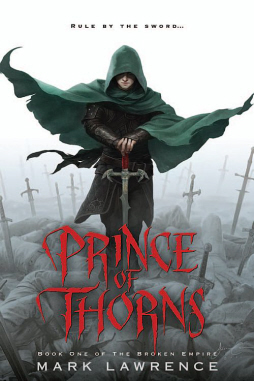
 Back in 1977, science-fiction writer
Back in 1977, science-fiction writer 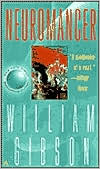 Alas, it seems as if the optimists who envisioned the twenty-first century as some sort of glittering technological utopia might have gotten some of the details right, but the award for getting right the overall picture of media and marketing malevolence goes to the more pessimistic cyberpunks. As the opening line of the archetypical cyberpunk novel — Gibson’s Neuromancer — describes it:
Alas, it seems as if the optimists who envisioned the twenty-first century as some sort of glittering technological utopia might have gotten some of the details right, but the award for getting right the overall picture of media and marketing malevolence goes to the more pessimistic cyberpunks. As the opening line of the archetypical cyberpunk novel — Gibson’s Neuromancer — describes it: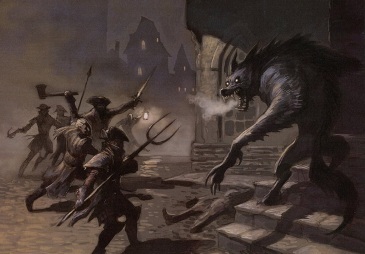
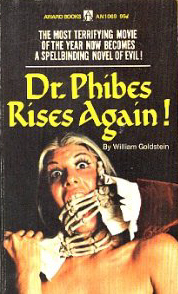
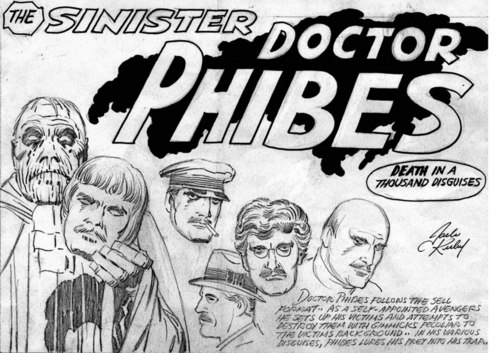
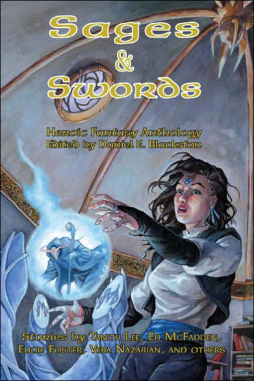
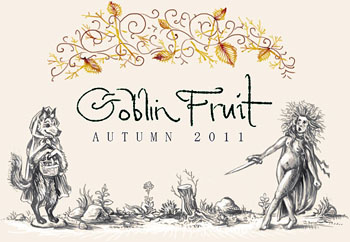 The new
The new